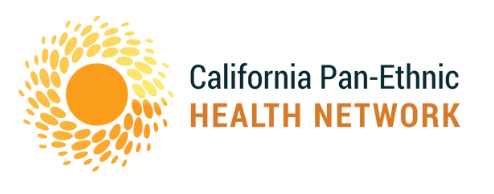Anyone working in social justice knows that poverty is at the root of many societal inequities, and health is no exception. There are roughly 6 million people living in poverty in California, with communities of color representing over three-quarters (75.5%) of this population. These numbers, from the U.S. Census American Community Survey, paint a startling picture of inequality in our state, but a new report from the United Ways of California, Struggling to Get By: The Real Cost Measure in California 2015, shows that it actually is much worse.
The Census numbers rely on the Federal Poverty Level (FPL), which is currently $11,770 per year for an individual and $24,250 per year for a family of four. What Struggling to Get By reveals, however, is that those numbers are actually too low. The report creates a new metric, the Real Cost Measure, to analyze what a family’s true expenses are and what the necessary annual income is to meet them. While the Real Cost Measure varies by location based on cost-of-living differences, the average income needed to meet basic needs costs for a family of two adults, one infant, and one school-aged child who rent housing is $57,202 per year, or nearly two and a half times FPL. San Francisco’s Real Cost Measure, the highest in the state, is $73,894 per year, or more than three times FPL. The lowest Real Cost Measure in the state, $43,229 in Tulare County, is still nearly twice FPL.
As you might expect, millions more California families live below the Real Cost Measure than FPL. The report also shows that communities of color and immigrants are more likely to live below the Real Cost Measure, and that the minimum wage is not enough to support a family of four. Specific findings include:
- One in three California households (31%) do not have sufficient income to meet their basic costs of living. This is three times the proportion officially considered poor in California, according to the Federal Poverty Level.
- Households of color are disproportionately likely to have inadequate incomes. High numbers of Latino (51%) and African American households (40%) have incomes below the Real Cost Measure. This is followed by Asian American households (28%) and White households (20%).
- 60% of households led by a noncitizen struggle to make ends meet. By contrast, 1 in 4 native-born and 36% of naturalized American citizens are below the Real Cost Measure.
- Struggling householders spend over 50% of their income on housing, and families living below the Federal Poverty Level can spend as much as 80% of their income on housing.
- Two full-time, minimum wage jobs are not enough to sustain a family of four. Yet, two-person, two-child households with two full-time, minimum wage earners earning $33,280 in gross income still fall below the Real Cost Measure by $10,000 to $30,000, depending on where they live.
The report also offers a number of recommendations for ways to alleviate cost burdens on the millions of California families struggling to make ends meet. These recommendations include emphasizing post-high school education, strengthening links to and availability of public assistance, making work supports (child care assistance, CalFresh, Medi-Cal, etc.) available longer as families move up pay scale, and reducing the effective cost of housing.
The report also features an interactive mapping tool so you can find out the Real Cost Measure for where you live. Through a better understanding of the real costs of basic needs, we can work more effectively at modernizing the Federal Poverty Level, increasing the minimum wage, and helping families achieve self-sustainability.

